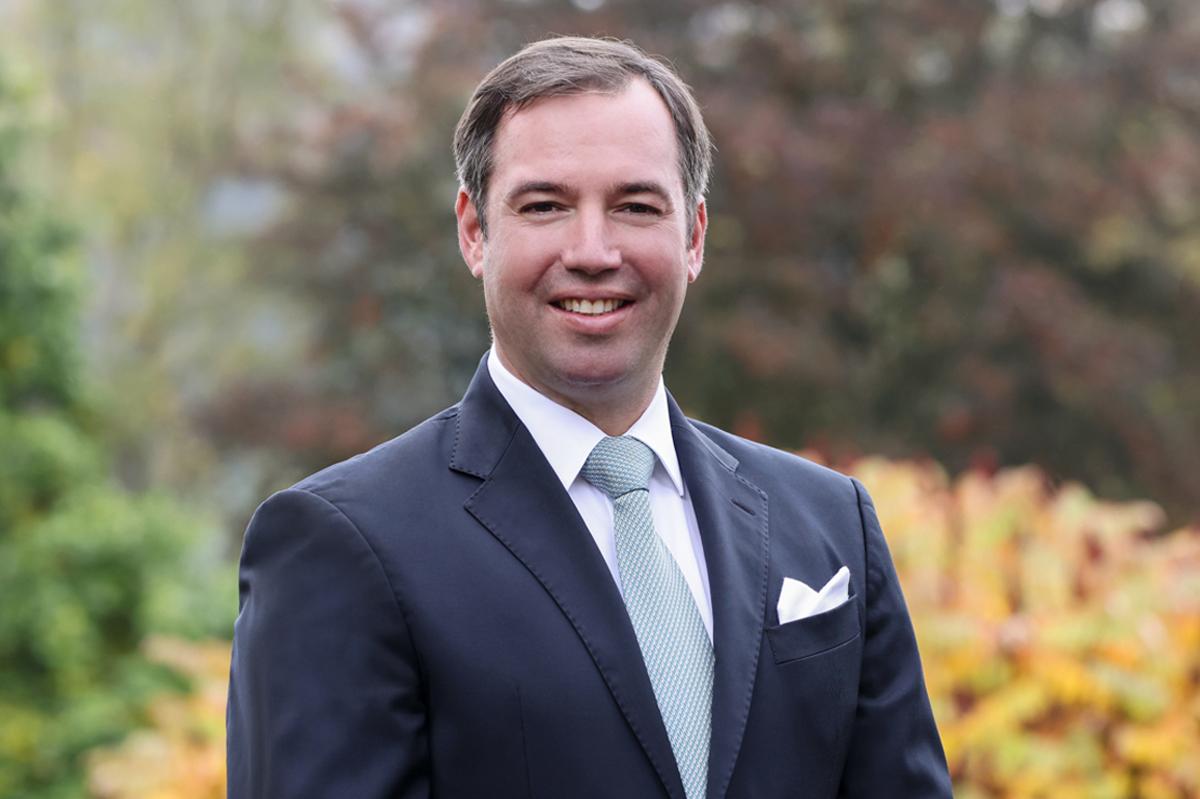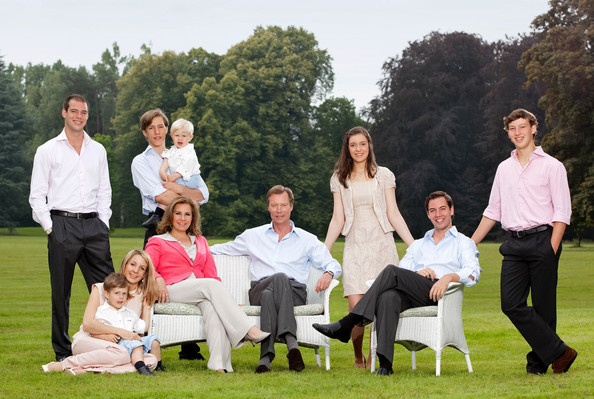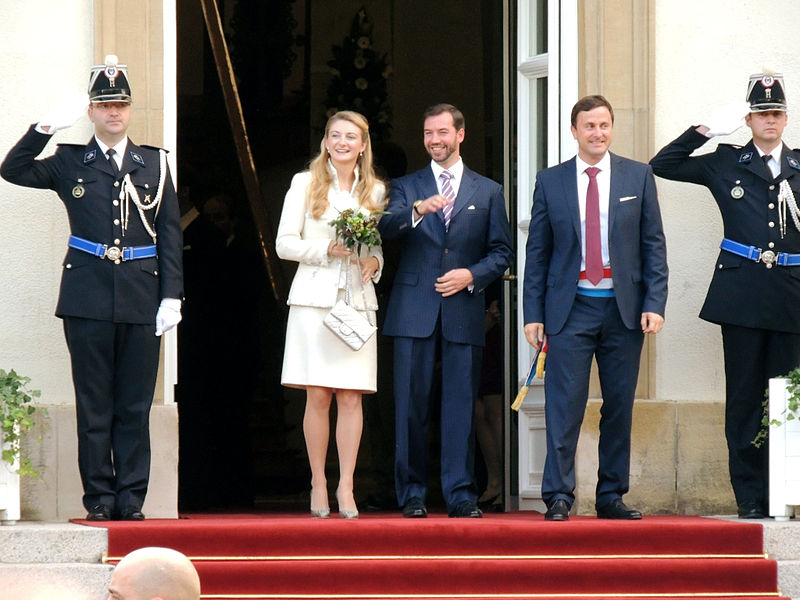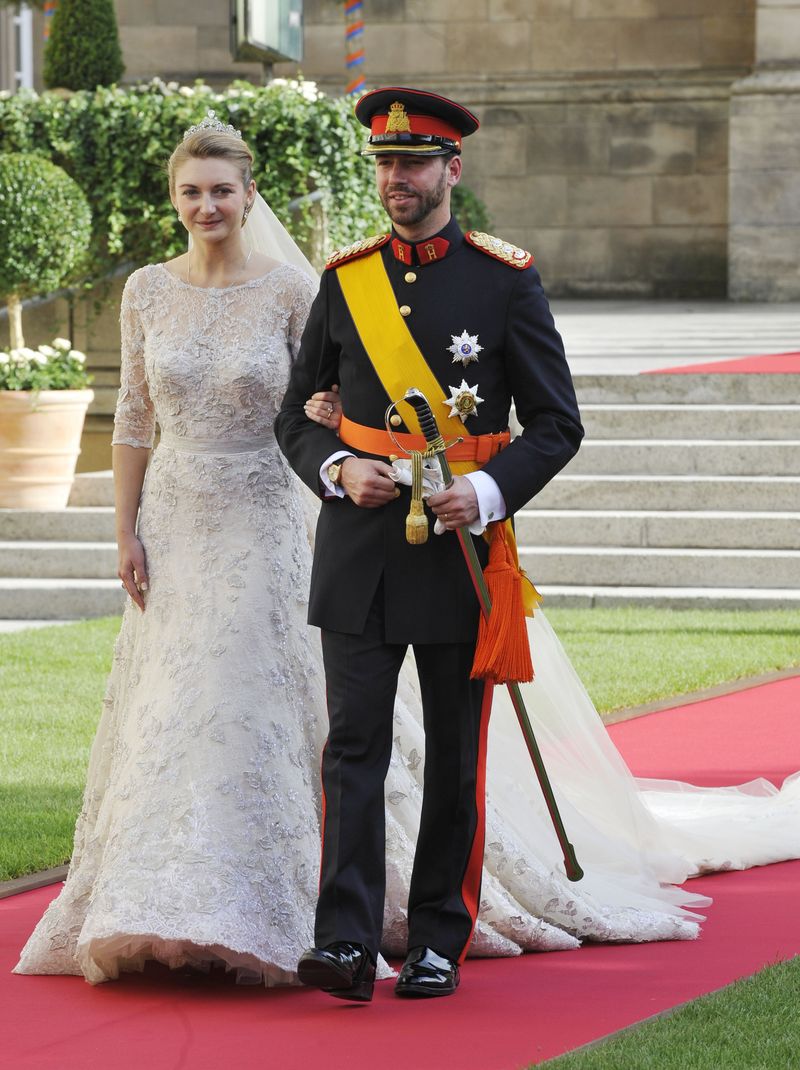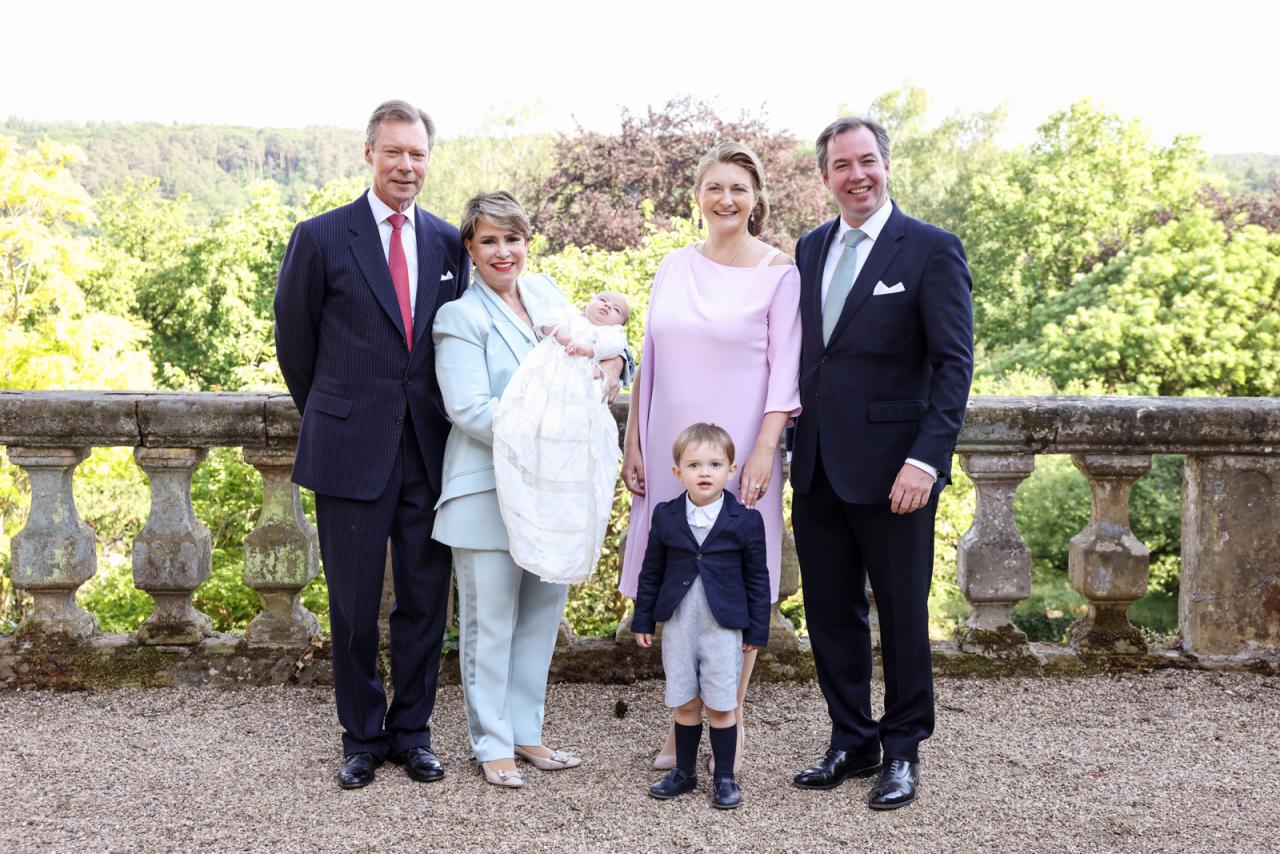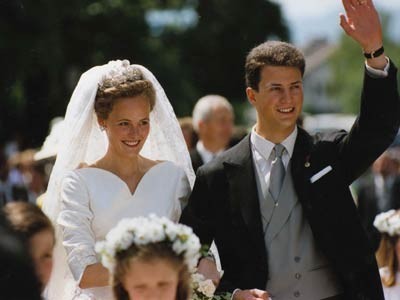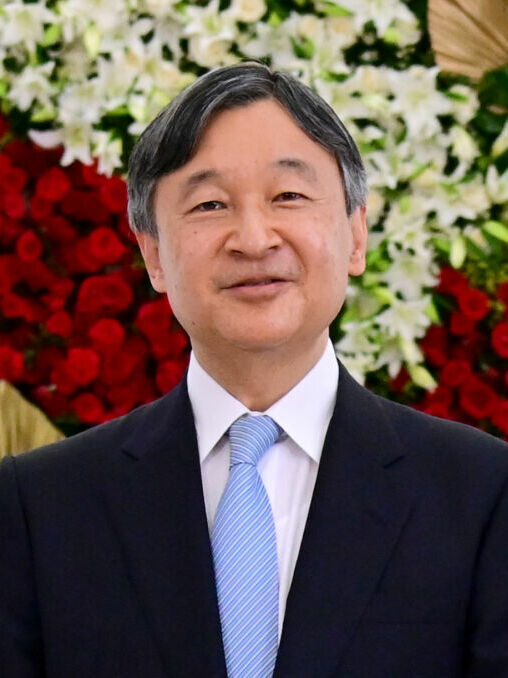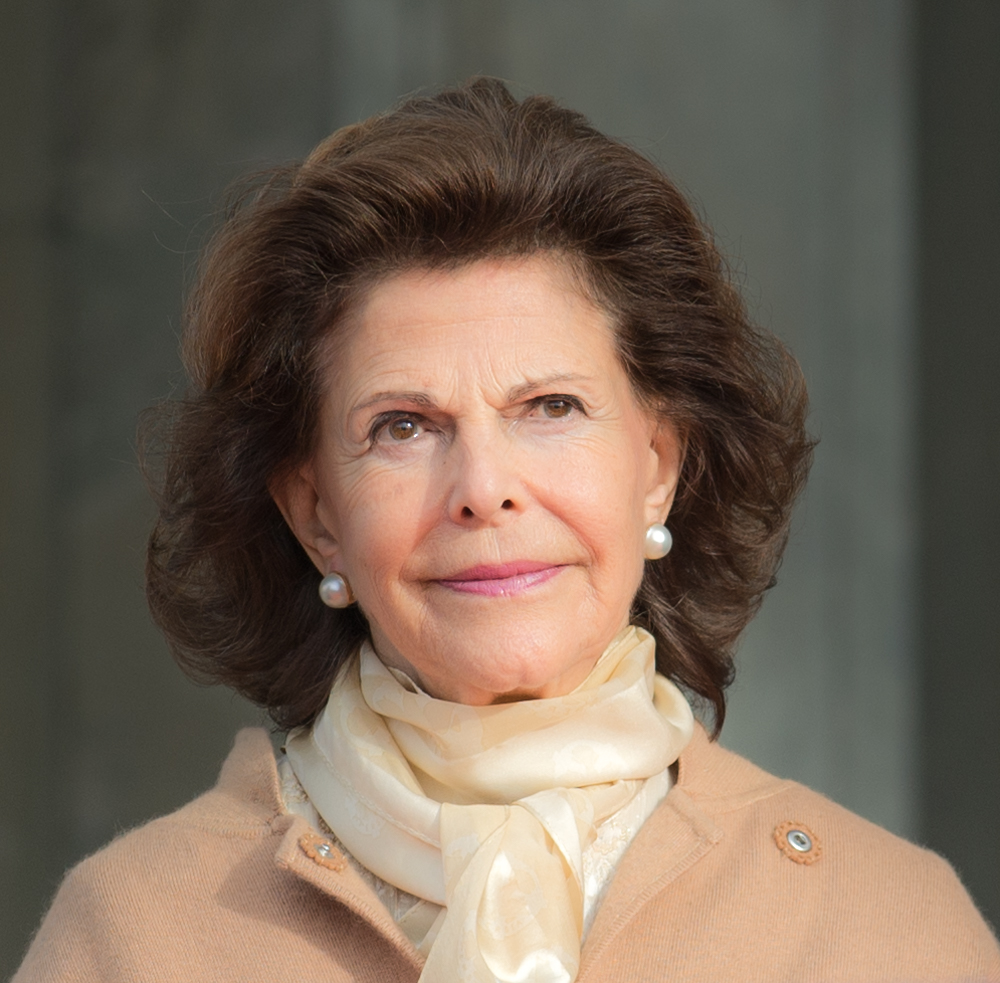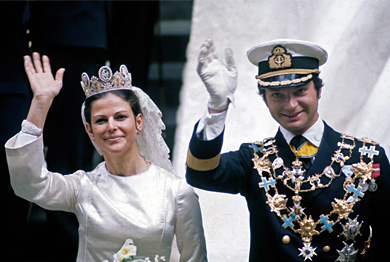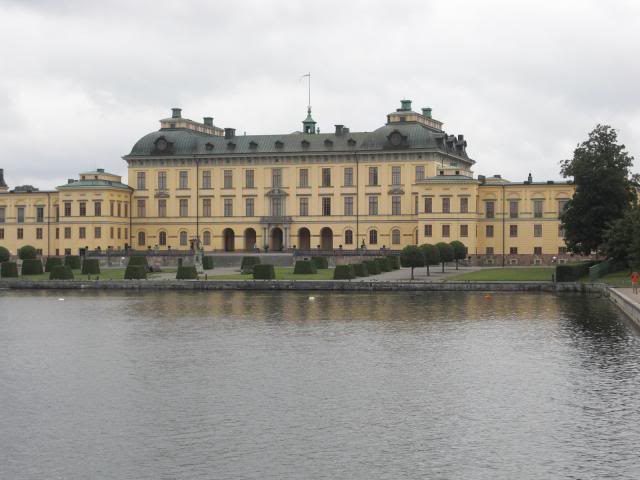by Susan Flantzer © Unofficial Royalty 2014
Victoria, Crown Princess of Sweden, Duchess of Västergötland (Victoria Ingrid Alice Désirée) was born July 14, 1977, at Karolinska University Hospital in Solna, Sweden. She is the eldest of the three children of King Carl XVI Gustaf of Sweden and his wife Queen Silvia (née Silvia Sommerlath). Victoria is descended from Queen Victoria of the United Kingdom from two lines. Victoria’s paternal grandfather, Prince Gustaf Adolf of Sweden, was the son of Princess Margaret of Connaught, the daughter of Prince Arthur, Duke of Connaught, Queen Victoria’s seventh child and third son. Additionally, her paternal grandmother, born Princess Sibylla of Saxe-Coburg and Gotha, was the daughter of Charles Edward, Duke of Saxe-Coburg and Gotha, the posthumous child of Prince Leopold, Duke of Albany, Queen Victoria’s eighth child and youngest son.
Crown Princess Victoria was christened Victoria Ingrid Alice Désirée on September 27, 1977, at the Storkyrkan (Great Church) in Stockholm, Sweden. Her godparents were:
- Crown Prince Harald of Norway, later King Harald V, her paternal grandfather’s second cousin
- Princess Beatrix of the Netherlands, later Queen Beatrix of the Netherlands
- Princess Désirée of Sweden, Baroness Silfverschiöld, her paternal aunt
- Ralf Sommerlath, her maternal uncle

Victoria in the pink hat with her parents and siblings; Photo Credit: Hello
Crown Princess Victoria has two younger siblings:
- Prince Carl Philip, Duke of Värmland (born 1979), married Sofia Hellqvist, had two sons
- Princess Madeleine, Duchess of Hälsingland and Gästrikland (born 1982), married Christopher O’Neill, had two daughters and one son
In 1979, the Riksdag, the Swedish legislature, introduced an Act of Succession changing the succession to absolute primogeniture, meaning that the eldest child of the monarch, regardless of gender, is first in the line of succession. This Act of Succession became law on January 1, 1980, making Sweden the first monarchy to adopt absolute primogeniture. The previous 1810 Act of Succession allowed only males to inherit the throne. Victoria’s brother Carl Philip was born as Crown Prince in May 1979. He retained his title and first place in the succession for seven months until January 1, 1980, when his elder sister became Crown Princess and heir apparent. Since 1980, two other princesses have joined Crown Princess Victoria as the heir apparent: Catharina-Amalia, Princess of Orange, the heir apparent to the Dutch throne, and Princess Elisabeth, Duchess of Brabant, the heir apparent to the Belgian throne. Princess Ingrid Alexandra of Norway, the eldest child of Crown Prince Haakon of Noway, is also in a position to be an heir apparent as Norway’s succession is also absolute primogeniture.
Crown Princess Victoria’s education was well-planned and covered many aspects.
- Västerled Parish Preschool in Stockholm, Sweden, 1982-1984, a municipal elementary school in Smedslätten, Bromma, Stockholm, completed junior level, 1984-1986 (link translated from Swedish)
- Ålstenskolan, a municipal elementary school in Ålsten, Bromma, Stockholm, completed intermediate level, 1986-1989 (link translated from Swedish)
- Enskilda Gymnasiet, a prestigious independent secondary school in Tegnérlunden, in central Stockholm, followed a science and social studies program, 1989-1996
- Centre International D’Études Françaises at the Université Catholique de L’Ouest in Angers, France, studied French, 1996-1997
- Specially designed program to gain a general insight into the workings of the Riksdag (the Swedish Parliament) and the Swedish Government, 1997
- Yale University in New Haven, Connecticut, USA: studied Political Science and History, 1998-2000
- Worked at the Swedish Embassy in Washington, DC, May 1999
- Studied conflict resolution and international peace-building, 2000
- Studied the Presidency of the European Union, 2001
- Followed a study program at the offices of the Swedish Government, 2001
- Completed a study program at the Swedish International Development Cooperation Agency, and spent time in Uganda and Ethiopia, Spring 2002
- Worked at the United Nations in New York, June – September 2002
- Completed an internship with the Swedish Trade Council in Berlin and Paris, Autumn 2002
- Study and work experience program in Swedish agriculture and forestry, 2003
- Completed basic military training at the Swedish Armed Forces International Centre, 2003
- Studied at the Swedish National Defense College in Stockholm, focusing on political science, international relations, and conflict resolution, 2004
- Traveled to Bangladesh and Sri Lanka to study international aid efforts in these countries, 2005
- Followed the work of the Swedish Embassy in China and traveled to gain insights into the Chinese community, Autumn 2005
- Diplomatic program at the Swedish Foreign Ministry, which lasted for one academic year and included lectures, seminars, and group work, 2006-2007
- Internship at the Permanent Representation of Sweden to the European Union, 2007-2008
- Uppsala University, received a Bachelor of Science degree with a major in Peace and Conflict Studies in 2009

Crown Princess Victoria during her basic military training in 2003; Photo: Swedish Royal Court, Jan Collsioo/Scanpix
Crown Princess Victoria’s Fund was established in 1997 to provide support for recreational activities for children and young people with disabilities or chronic illnesses. Radiohjälpen, the fund-raising branch of Sveriges Television, the Swedish national TV and radio stations, runs an annual fund-raising drive supporting Crown Princess Victoria’s Fund. The work this fund does is very important to the Crown Princess. Each year, Victoria visits several clubs or projects that have been granted money. These visits are not announced in the official royal diary but are kept private. Sveriges Television accompanies her and airs short programs from these visits during the year.
In November 1997, the Swedish Royal Court announced that Victoria had an eating disorder after a period of much speculation in the press. Victoria had intended to attend Uppsala University in Sweden, but those plans were changed. Instead, she spent two years studying at Yale University in New Haven, Connecticut, USA. This allowed Victoria to lead an anonymous life while getting professional help and to recover without worrying about media speculations or being recognized on the streets.
In 2002, the Swedish media began to report that Crown Princess Victoria was in a relationship with Daniel Westling, a personal trainer and gym owner, which she refused to confirm. Victoria first met Daniel Westling in 2001 when he became her personal trainer at the gym he owned in Stockholm. It was at a friend’s birthday party in 2002 that photographers caught a kiss between the two, fueling the interest in Victoria’s personal life.
Despite some public opinion against Daniel as a potential spouse for the princess due to his “common” background, Victoria made it clear that one’s background was not the deciding factor in marriage, but rather the happiness shared by the couple. Speculation increased in July 2008 when Daniel moved to a rental apartment in a wing of Drottningholm Palace. Many believed this was to allow him to be groomed for the role of consort to the Crown Princess. The Royal Palace announced the engagement of Crown Princess Victoria and Daniel Westling on February 24, 2009. The announcement indicated that after the wedding, Daniel Westling would be known as Prince Daniel, Duke of Västergötland, the male counterpart of Victoria’s title, Duchess of Västergötland. Another announcement in May 2010 said that Westling would be granted the style His Royal Highness upon marriage.
The wedding was held at Stockholm Cathedral, also known as Storkyrkan, on June 19, 2010. One Canadian reporter said it was “Europe’s biggest royal wedding since the Prince of Wales married Lady Diana Spencer in 1981.” There were 1,200 invited guests, and 500,000 people lined Stockholm’s streets. According to Sveriges Television, the Swedish national public TV broadcaster, the wedding was the biggest event ever covered on television in Sweden.
Victoria and Daniel have a daughter and a son. Their daughter Estelle is second in line to the Swedish throne after her mother and remained in that position after the birth of her brother.
- Princess Estelle, Duchess of Östergötland (born February 23, 2012)
- Prince Oscar, Duke of Skåne (born March 2, 2016)
July 2023
This article is the intellectual property of Unofficial Royalty and is NOT TO BE COPIED, EDITED, OR POSTED IN ANY FORM ON ANOTHER WEBSITE under any circumstances. It is permissible to use a link that directs to Unofficial Royalty.
Kingdom of Sweden Resources at Unofficial Royalty




